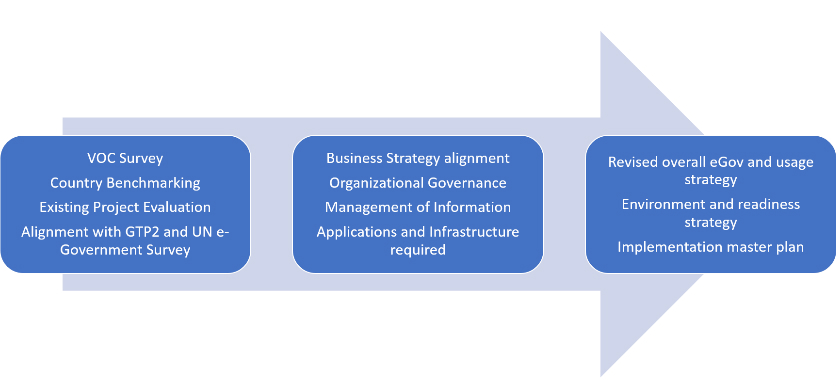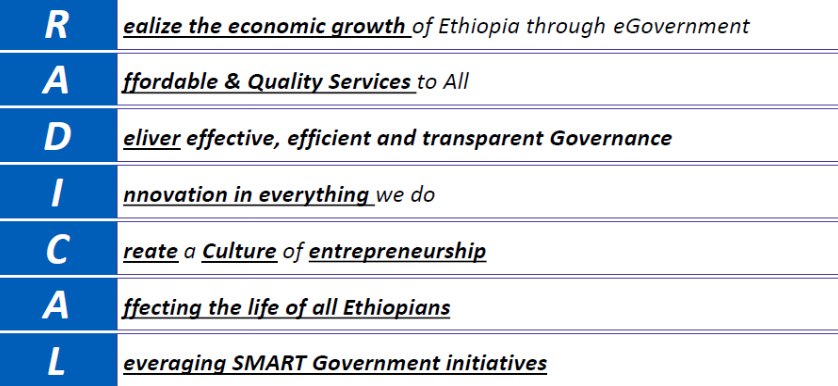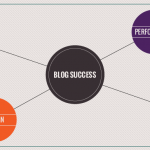The Ethiopian e-Government Initiative – Improving upon past practices

past practice
Ever since the art of 5-year planning has been perfected, governments around the world have rallied around this concept and decided to make it a staple feature of any administrative reign going into their residency, seeing as most governmental systems around the world allow them to stay in power for around 4-5 years.
However, because more often than not, election day post 5 years might bring new faces into office, we fall into the trap of focusing on the next government’s 5-year strategy, without comparing it to the previous one – how does it rank up, how does it relate, how does it build upon its achievements and so on.
Being fully aware of this, Ethiopia has decided to buck the trend and improve upon its own timeline, with its 5-year e-Government Strategic Implementation Plans mirroring each other in terms of accomplishments, improvements, and challenges going forward.
Instead of working on some aspects for 5 years, then as country management shifts around, other priorities come about, the country’s government has maintained development course even throughout different administrations.
E-Gov Strategy 2011 – 2015
With a population of approximately 96.5 million, a GDP of $46.6 billion, a primary school enrollment rate of 95.3% and an urban employment rate of 83.5%, Ethiopia’s focus on improving its eGov properties becomes a little bit clearer, as the country’s leaders recognize the potential for growth, if the state acts as a liaison between people and business, facilitating the relationship.
Add on top of this the fact that Ethiopia has seen a 10% economic growth over the past 10 years, with a net positive trend in poverty reduction – going from 38.7% in 2005, to 29.6% in 2010, the stage seemed set for this purpose.
The resulting e-Government strategy thus put emphasis on facilitating effective delivery of government services to customers (residents, businesses, and visitors).
An impressive number of projects and initiatives have been implemented since then, including more than 200 e-services comprising of informational and transactional services, LEHULU Common Service Centers, 147 Community ICT Centers, 19 Community Radio Stations, Government Call Center, Mobile Government Services, Mobile Apps, Data Centers, and other services.

Moreover, the government also implemented PPP model portals for utility services such as electricity, water, and communications, specifically regarding telephones.
That being said, no strategy is ever capable of delivering perfection in terms of country improvement. In noting this, we wish to highlight a few challenges that remained unanswered, but were placed as focal points in the upcoming 2016 – 2020 strategy:
- Need to improve the number of CSCs which are currently concentrated only in cities and this makes them inaccessible to most of the population
- While around 200 services were implemented on the national portal, there is a need to focus on integration with the back-end, to increase cross-departmental services.
- More focus required on marketing and communication to create awareness about e-government initiatives.
- Need to focus on leveraging new generation technologies like social media, mobile, analytics, and the Cloud
- Need to build a governance mechanism to ensure that enterprise architecture is created.
- E-Government Interoperability Framework needs to be adopted
- Ministries executing projects based on their individual priorities without alignment to strategic goals.
- PMO function is required to define and direct projects so that it leads to benefits being translated to the public and ensure that economic goals are met.
eGovernment Strategic Implementation Plan 2020
The single-most impressive aspect related to the administration’s new strategy is the fact that it is expanding upon its former results and looking to provide solutions to many of the challenges still in play. The Ethiopian ethos for their new strategy can be summed up in one word – RADICAL.

Many governments more often than not simply rest on their laurels when it comes to accomplishments, look to sweep under the rug any remaining challenges, and try to start anew, in an attempt to leave their mark on the country’s development. However, oftentimes this may backfire since you either leave certain pain points unanswered or discover new ones that add on top of your already existing batch.
This is the exact reason why Ethiopia has chosen to nurture its past achievements and to focus on any of the pressure areas left unanswered.
Once those are solved, then they can go ahead and tackle any new issue that may have sprung up. In what is a true testament to planning, efficiency, and effectiveness, they have divided their new strategic plan into 4 core elements: provide an enabling environment, e-readiness, usage, and an operating model.
Providing an Enabling Environment
Main targets: develop improved ICT environment and regulatory framework, grow citizen engagement, strengthen public-private partnerships (PPPs) and streamline inter-, intra-, and extra-governmental collaboration.
3 strategies to facilitate the implementation of main targets: National Broadband Enhancement, e-Literacy campaign, and ICT Education Strategy.
9 programs to supplement the strategies:
- Businesses ICT Adoption Strategy
- eGov Innovation Program
- eLaw and eRegulations Update
- Societal Engagement Campaign
- eParticipation Program
- Government Leadership Engagement Plan
- Return on eGov Investment Analysis
- PPP Strategy
- International Partnership Program
E-Readiness
Main targets: adopt Next Gen Technologies, create an Enterprise and IT Strategic Planning Architecture, develop people capability management, and harmonize technology.
3 strategies to facilitate the implementation of main targets: e-Government Capabilities Management Program, e-Government Change Management Program, and e-Government Policies and Standards
This core element’s strategies are accompanied by 22 programs, out of which the more impressive ones are the following:
- IT Planning and Management Toolkit
- Spatial Data Infrastructure (SDI) Consolidation
- Open Data Platform
- Business Continuity Program
- Location-Based Services Platform
- IoT Strategy
- eProcurement
- IT Shared Services Rationalization

Usage
Main targets: infrastructure connectivity and availability, increased user experience (UX) and satisfaction, and channel management strategies.
While this core element does not have any specific strategies in place, it is supported by 8 programs and over 40 initiatives.
- eGov Portal Enhancement
- Mobile Channel Enhancement
- Contact Center Enhancement
- Service Kiosk Enhancement
- Government Service Centers
- Multi-Channel Management
- Customer Service Quality Certification Program
- Service Portfolio Management
Operating Model
Main targets: strategy management, IT policy setting and monitoring standards, facilitating the transformation of services, and strategy incubation.
In regards to this final core element, as with the previous one, it also boasts 8 programs and over 40 initiatives. Here are the most impactful 5:
- Ministry of Communications and Information Technology (MCIT) Operating Model
- MCIT Sourcing Strategy
- MCIT Technology Platform
- Entity Engagement Toolkit
- Revenue Generation Program
Final thoughts
The renewed e-Government strategy for Ethiopia sets a very healthy precedent, as the country will be able to follow through with future strategies replicating the positive patterns registered during these first two instances.
By going through with the privatization of numerous state enterprises, the rationalization & streamlining of government regulation, and the growth of open engagement with its citizens, all on the back of past practices, reused, reinvented, and remastered, the Ethiopian government’s model has evolved into a structure that may very well be looked at by many other fellow African nations, as well as states around the world, in order to replicate its pattern.
If the plan breeds success, then there is no need to change anything at a fundamental level. You only have to look at what it left unanswered and work on those aspects, while preserving all of the beneficial elements that made your strategic plan effective in the first place.
Image sources:

Tags: E-Government, Government performance, Online strategy, Performance in Ethiopia





